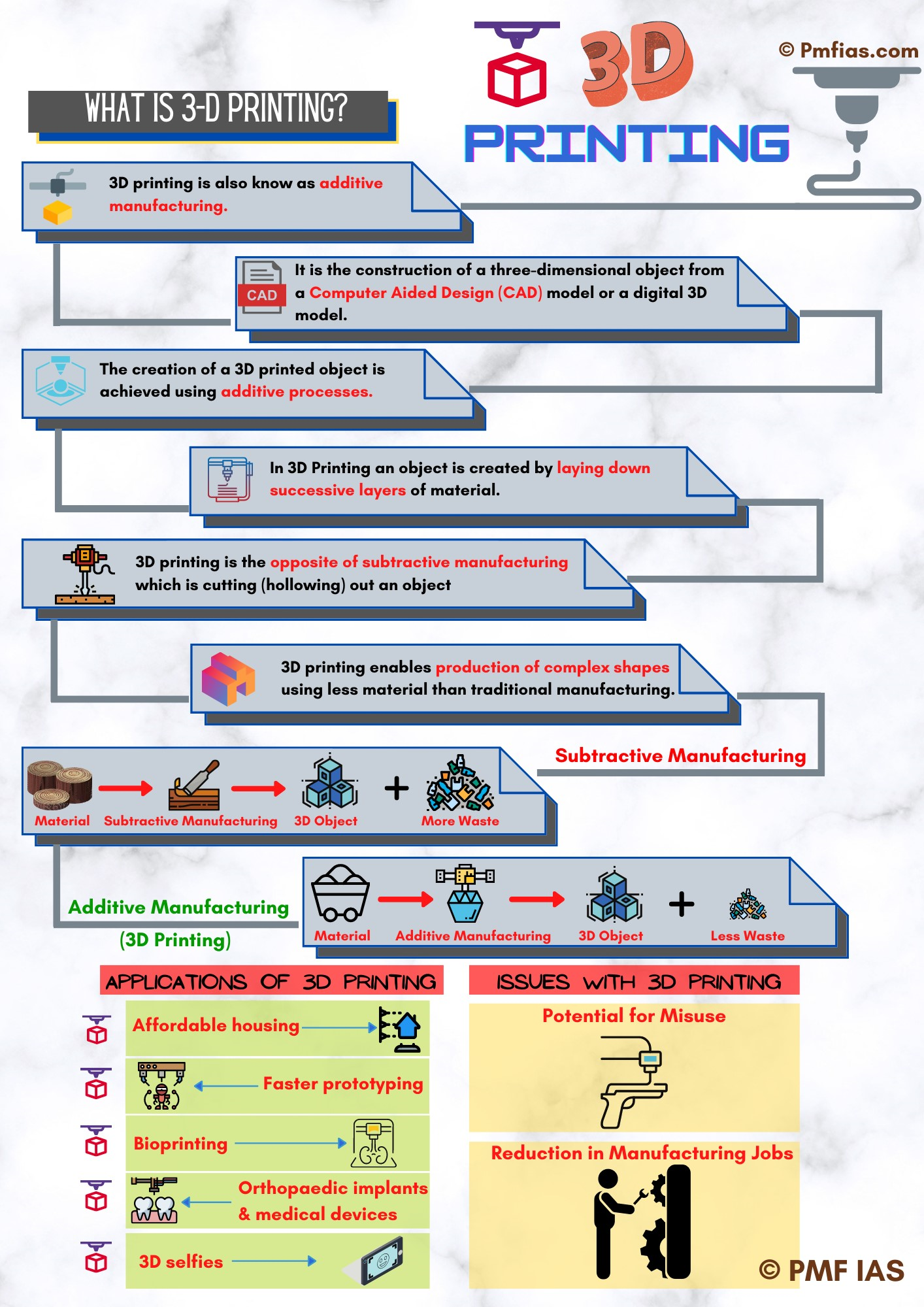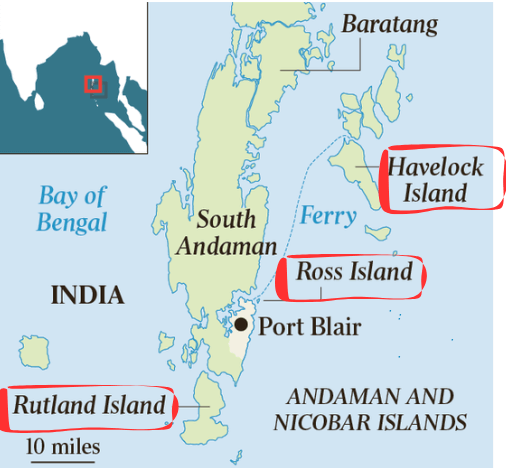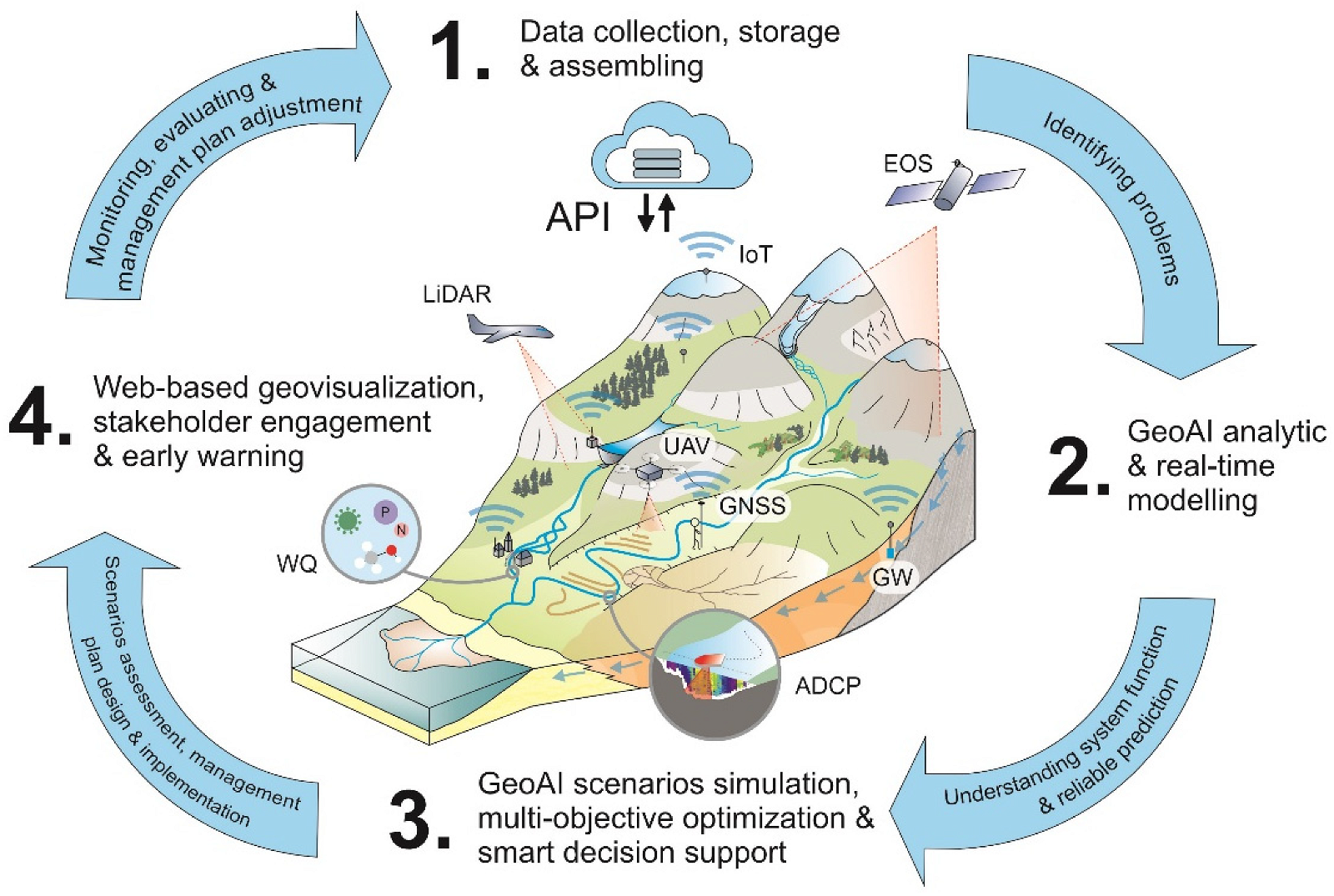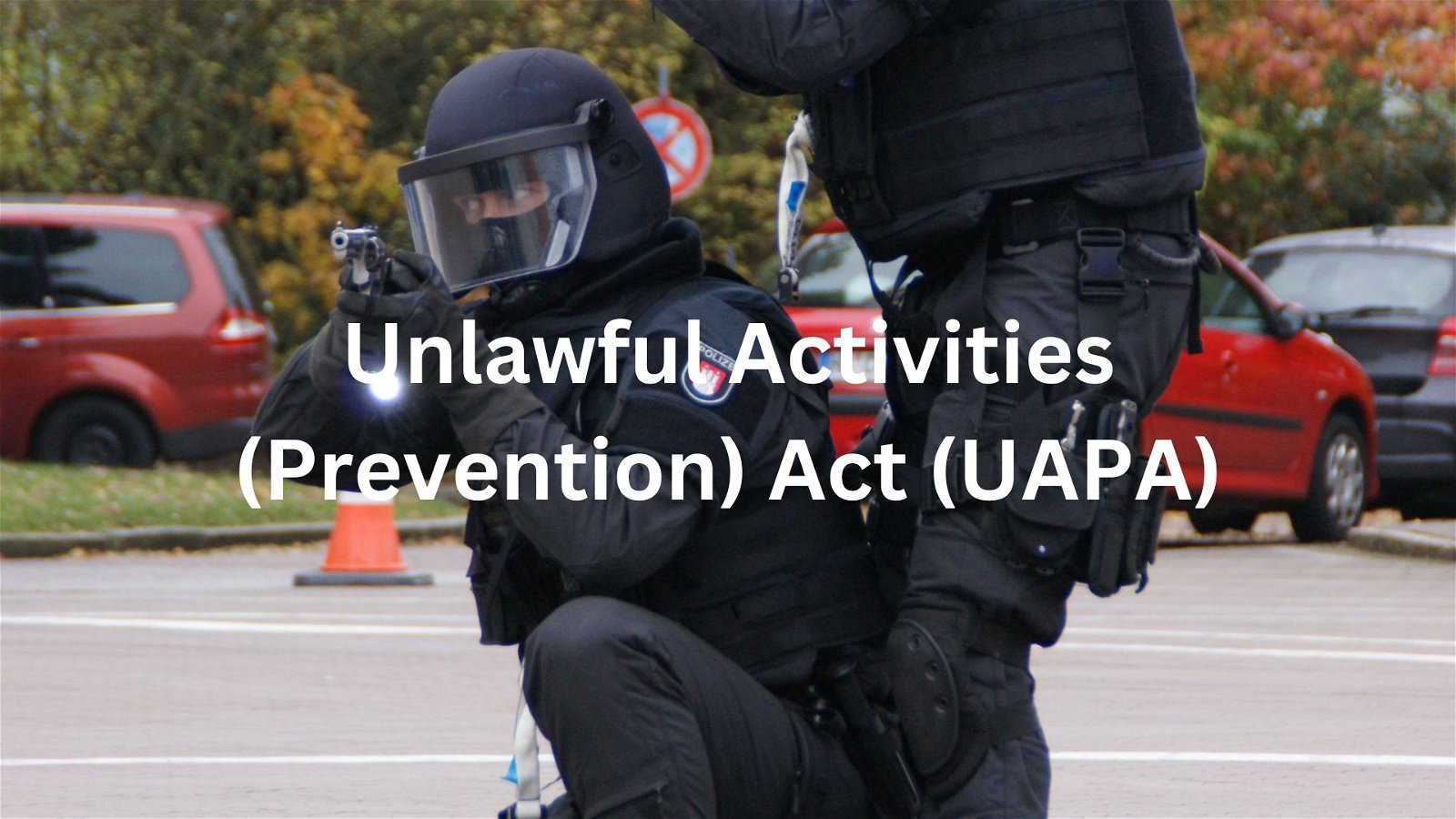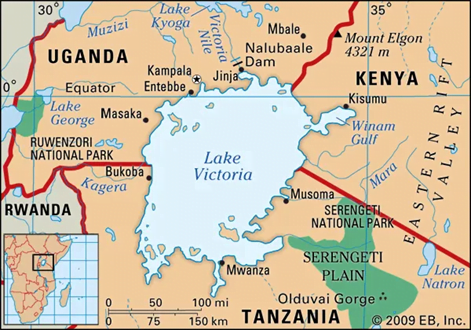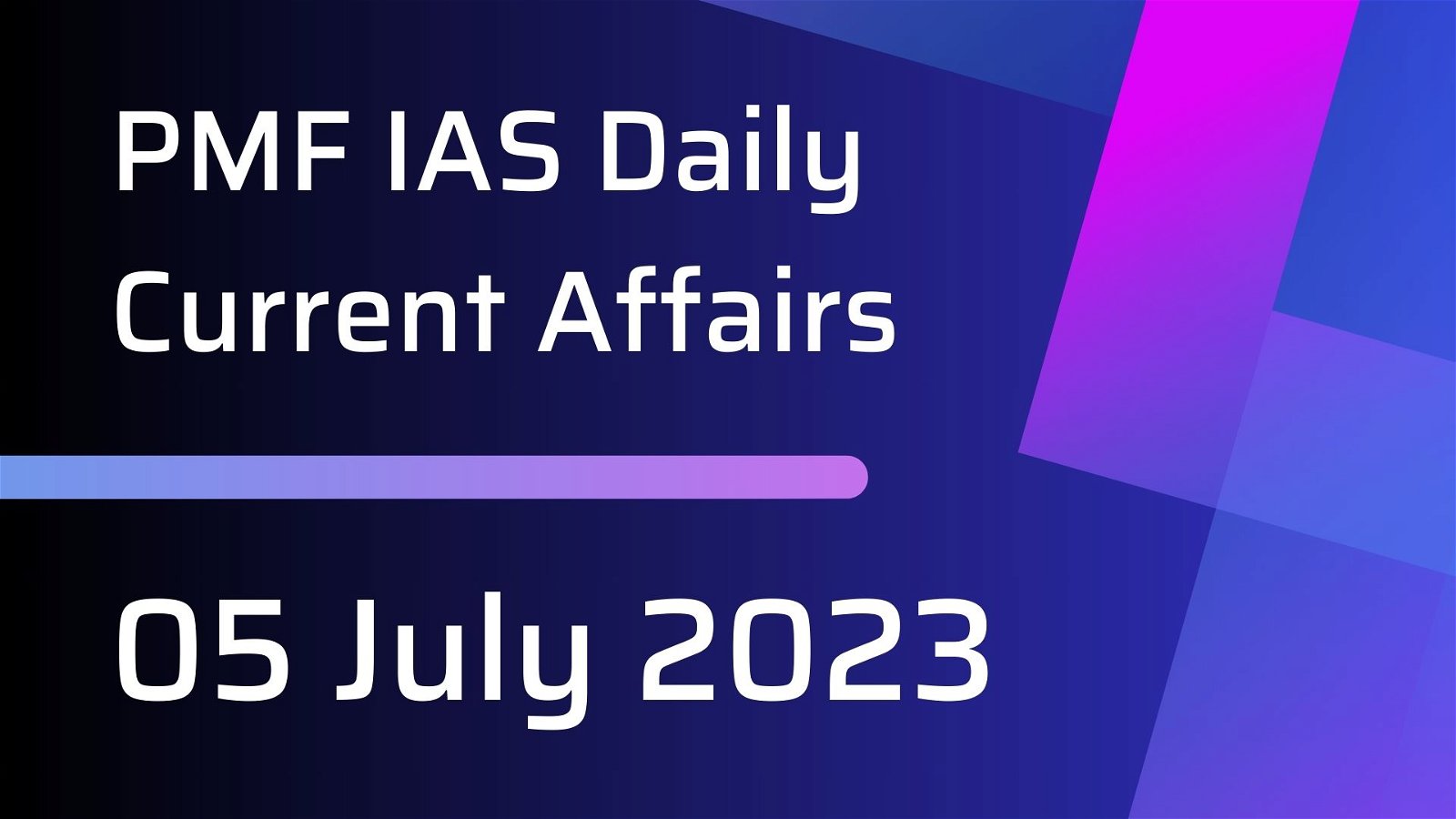
Current Affairs August 27-28, 2023: Seethakali, Neonatal Safety in India, UNHRC, SVAMITVA Scheme, Zonal Councils, President’s Rule, Ethanol, Restrictions on Export of Basmati Rice, Himalayan Blunders, Smishing, AUSINDEX-23, Kumbhalgarh Wildlife Sanctuary
Subscribers of "Current Affairs" course can Download Daily Current Affairs in PDF/DOC
Subscribe to Never Miss an Important Update! Assured Discounts on New Products!
Must Join PMF IAS Telegram Channel & PMF IAS History Telegram Channel
{GS1 – A&C – Art Forms – 2023/08/28} Seethakali
- Context (TH): The Perinad Seethakali Sangham is all set to perform outside Kerala.
- Seethakali is an ancient folk art form from Perinad in Kerala.
- It was started by the Vedar and Pulayar communities about 150 years ago.
- It depicts some scenes from the Ramayana, focusing on Sita’s life.
- It was traditionally performed during Onam by the lower caste performers.
- The costumes and the make-up are bright and colourful.
- The characters of Rama and Laxmana are green, which is a divine colour in Kathakali.
- There is only one registered Seethakali group in Kerala today, called Perinad Seethakali Sangham.

{GS2 – Health – Issues – 2023/08/28} Care Protocol for Babies
- Context (TH): Former British Nurse Lucy Letby was sentenced to life in prison after being found guilty in the worst child serial killer case in the history of the U.K.
Patient Safety Provisions in India (Laws & Regulatory Bodies Concerned)
|
- Patients in India are protected under multiple layers of law that are largely fragmented.
- The first idea of patient safety is enshrined in the Hippocratic Oath (oath by a physician).
- The Consumer Protection Act, 2019, deals with medical negligence and deficiency of services.
- Legal rights of the patients are set out in the Clinical Establishment Act, of 2010.
- The National Pharmaceutical Pricing Authority (Ministry of Chemicals) and Drugs Controller General of India (Ministry of Health) have mechanisms to ensure Patients are not overcharged.
Neonatal Safety in India
- Neonatal safety in India refers to the measures taken to protect newborn infants, who are children under 28 days of age, from harm. During this period, the child is at the highest risk of dying.
- While there are no specific rules for neonatal care and safety in Indian hospitals, there are provisions and checks in place to prevent issues such as the inadvertent mix-up of babies at birth and abduction.
Issues Faced by Neonatals
- Neonates face several issues, including a high infant mortality rate (IMR).
- According to data from the WHO, in 2019:
- 47% of all deaths among children under five occurred during the newborn period,
- About one-third dying on the day of birth, and
- Close to three-quarters dying within the first week of life.
- The IMR for India in 2023 is 26.6 deaths per 1,000 live births, a decline of 3.89% from 2022.
- Most neonatal deaths are caused by conditions and diseases associated with a lack of quality care.
Safety Measures For Neonatal
- The WHO advises families to seek prompt medical care if their newborn exhibits danger signs.
- Families must register the birth and bring for timely vaccination according to national schedules.
{GS2 – IR – International Organizations –2023/08/28} UNHRC
- Context (TH): More than 250 Rohingya refugees, including women and children, have been confined in a detention or holding centre in Jammu since March 2021.
- Most of them have United Nations High Commissioner for Refugees (UNHCR) cards that validate their identity as refugees seeking safety.
- Many human rights activists alleged that:
- These refugees are being treated as criminals.
- They are living in a prison-like facility.
- Their movement has been restricted.
Rohingya
- Rohingya are an ethnic group, largely comprising Muslims.
- They predominantly live in the Rakhine State of Myanmar i.e., South-Western Myanmar.
- They speak a dialect of Bengali as opposed to the commonly spoken Burmese language.
- Myanmar considers them as migrants and not granted citizenship after Independence.
- Since they are not citizens, their movements are restricted within the Rakhine state.
Background
- In 2017, the Arakan Rohingya Salvation Army (Insurgent group) attacked police posts and an army base in Rakhine state.
- In response, the Myanmar military launched a campaign of mass atrocities against the Rohingya in Rakhine State. It caused more than 7,70,000 Rohingya to flee. At least 20,000 of them are in India.
India and Refugees
- India has no domestic law or policy on refugees and asylum seekers.
- It is not a signatory to the 1951 Refugee Convention and its 1967 Protocol.
- Refugees are considered illegal immigrants and treated like other foreigners according to the Foreigners Act, 1946.
- Therefore, even with UNHCR recognition, registered refugees in India are susceptible to administrative detention under the Foreigners Act.
- Thus, hundreds of Rohingya refugees have been arbitrarily detained, many languishing indefinitely in India’s jails and detention centres.
|
Violation of rights
Article 14 of the Universal Declaration of Human Rights
- It states that everyone has the right to seek and enjoy in other countries asylum from persecution.
Article 6 of the UN Convention on the Rights of the Child (CRC)
- It states that every child has an inherent right to life, survival, and development.
- India ratified the CRC in December 1992.
Right under IC
- The Indian constitution guarantees the right to life and personal liberty under Article 21.
- This right is for all persons, whether citizens or foreigners.
GoI’s internal guidelines (2011) on the detention and treatment of refugees
- It states that refugees should be released from detention within six months, subject to:
- Collection of biometric details
- Conditions of local surety and good behaviour
- Reporting to the police every month
- Hence, holding children in detention facilities and denying them the freedom to access education is an absolute violation.
1951 Refugee Convention of UNHRC and its 1967 Protocol

- It is related to the Principle of Non-Refoulement, which asserts that refugees should not be forced to return to a country where they face serious threats to their life or freedom.
- The 1951 convention was initially limited to Europe, but the 1967 protocol removed this limitation.
- India is not a signatory of the 1951 UN Convention or the 1967 Protocol.
- UNHCR stated that Non-Refoulement is considered part of customary international law and binding on all states whether they have signed the Refugee Convention or not.
United Nations High Commissioner for Refugees (UNHCR)
- It was established by the United Nations General Assembly in 1950.
- It was established in the aftermath of the Second World War.
- UNHCR is mandated to protect and safeguard the rights of refugees.
- It acts as the guardian of the 1951 Refugee Convention and its 1967 Protocol.
Universal Declaration of Human Rights
- It was proclaimed and adopted by the United Nations General Assembly in 1948.
- For the first time, it sets out the universally protected fundamental human rights.
- It sets the foundation for the development of the international human rights law.
Customary International Law
|
|
Policy on illegal migrants
|
|
{GS2 – IR – Regional Institutions – 2023/08/28} ADB
- Context (TH): GoI, in partnership with the Asian Development Bank (ADB), will open a climate change and health hub in New Delhi.
- Asian Development Bank (ADB) was established in 1966.
- It has its headquarters in Manila, Philippines.
- It was conceived in the early 1960s as a financial institution that:
- Would be Asian in character.
- Would foster economic growth and cooperation in the Asia-Pacific region.
- Eliminating poverty in the Asia-Pacific region is the main objective of ADB.
- It aims to make Asia and the Pacific prosperous, inclusive, resilient, and sustainable.
Functions
- ADB assists its members and partners by providing loans, technical assistance, and grants.
- It focuses on projects that will significantly impact development and lead to accelerated, sustainable, and inclusive growth.
- 80% of ADB’s lending is concentrated in five operational areas:
- Education
- Environment
- Regional Cooperation
- Finance sector development
- Private sector lending
Membership
- ADB has 68 members (originally 31).
- 49 members are from Asia and the Pacific.
- 19 members are from outside the Asia Pacific region.
Contribution of Member States and Voting
- The ADB was modelled closely on the World Bank/IMF and has a similar weighted voting system.
- Votes are distributed proportionately with members’ capital subscriptions.
- Contributions:
- Japan and USA (15.7 % each)
- China (6.4 %)
- India (6.3 %)
- India is a founding member of ADB and the bank’s fourth-largest shareholder.
Issues
- Since the early days of ADB, the US and Japan have had extensive influence over lending, policy, and staffing decisions.
- The Chairmanship of ADB is always allotted to Japan.
{GS2 – MoPR – Schemes – 2023/08/28} SVAMITVA Scheme
- Context (PIB): SVAMITVA Scheme received the National Award for e-Governance 2023 (Gold) for Application of Emerging Technologies for Providing Citizen Centric Services.
- SVAMITVA: Survey of Villages Abadi and Mapping with Improvised Technology in Village Areas.
- It was launched in 2021 on the National Panchayati Raj Day (24th April).
- It is a central sector scheme of the Ministry of Panchayati Raj.
- It provides a ‘Record of Rights’ to village household owners.
- It aims to establish clear ownership of property in rural inhabited areas.
- It is implemented with the collaborative efforts of the Ministry of Panchayati Raj and
- The State Revenue Department and the State Panchayati Raj Department and
- Survey of India (SoI – National Mapping Agency under Department of Science & Technology, Ministry of Science and Technology).
- States or villages need to sign an MoU with SoI for the implementation of the scheme.
Key Objectives
- Land Governance: Enabling access to property rights to create accurate land records for rural planning and reduce property-related disputes.
- Economic Growth: Bringing financial stability to rural citizens by enabling them to use their property as a financial asset (collateral) for taking loans. It also enables the collection of Property taxes.
- Sustainable Habitats: Creating survey infrastructure and high-resolution Geographic Information System (GIS) maps to prepare a better-quality Gram Panchayat Development Plan (GPDP).
{GS2 – Polity – Bodies – Statutory – 2023/08/28} Zonal Councils
- Context (PIB): The Union Home Minister will chair the 26th meeting of the Western Zonal Council at Gandhinagar.
- Zonal Councils are statutory bodies that were established in 1956 by the first PM, Pandit Jawahar Lal Nehru, to promote national integration and cooperation among the States and Centre.
- There are Five Zonal Councils, each covering a different zone of the country.
- The Union Home Minister is the Chairman of each Zonal Council, and Chief Ministers of the States in each zone are the Vice-Chairmen by rotation.
- The Zonal Councils can discuss matters of common interest, such as economic and social planning, border disputes, linguistic minorities or inter-state transport.
- The Zonal Councils also have representatives from the Planning Commission, UT and State.
- The North Eastern States are not part of the Zonal Councils, but they have a separate body called the North Eastern Council, which was set up in 1972 and later expanded to include Sikkim in 2002.
- The North Eastern Council deals with the special problems and issues of the North Eastern region.

| Name | Members | Headquarters |
| Northern Zonal Council | Jammu and Kashmir, Himachal Pradesh, Haryana, Punjab, Rajasthan, Delhi, and Chandigarh | New Delhi |
| Central Zonal Council | Uttar Pradesh, Uttarakhand, Chhattisgarh, and Madhya Pradesh | Allahabad |
| Eastern Zonal Council | Bihar, Jharkhand, West Bengal and Odisha | Kolkata |
| Western Zonal Council | Gujarat, Maharastra, Goa, Dadra and Nagar Haveli and Daman and Diu | Mumbai |
| Southern Zonal Council | Andhra Pradesh, Telangana, Karnataka, Tamil Nadu, Kerala and Puducherry | Chennai |
{GS2 – Polity – IC – Emergency – 2023/08/28} President’s Rule
- Context (TH): The Governor of Punjab asked the CM to give answers to letters. He threatened that if the CM doesn’t respond, he would send a report to the President of India under Article 356 of IC about the “failure of the constitutional mechanism” in the State.
Article 356 of IC: Provisions in case of failure of constitutional machinery in States
- If the President is satisfied that a situation has arisen in which the Government of the State cannot be carried on in accordance with the provisions of this Constitution, the President may:
- Assume to himself:
- All or any of the functions of the Government of the State and
- All or any of the powers exercisable by the Governor or anybody or authority in the State other than the Legislature of the State.
- Declare that the powers of the Legislature of the State shall be exercisable by or under the authority of Parliament.
- Assume to himself:
- President can decide that based on a report from the Governor of a State or otherwise.
1994 S.R. Bommai judgement
- A nine-judge Constitution Bench of the SC delivered its verdict on March 11, 1994.
- It ended the arbitrary dismissal of State governments under Article 356 by spelling out the applicable restrictions.
Highlights of the judgement
- The floor of the Assembly is the only forum that should test the majority of the government of the day and not the subjective opinion of the Governor.
- The power of the President to dismiss a state government is not absolute.
- The President should exercise the power to dismiss only after both Houses of Parliament approve a proclamation.
- Till then, the President can only suspend the Legislative Assembly by suspending the provisions of the Constitution.
{GS3 – Agri – Export – 2023/08/28} Restrictions on Export of Basmati Rice
- Context (TH): GoI is restricting rice export to ensure adequate availability of rice in the domestic market and to curb the price rise.
- GoI has banned export of Basmati rice below $1,200 per metric tonne to ensure a complete ban on the export of non-Basmati white rice.
- It was done to to prevent misclassification of non-Basmati white rice as Basmati rice.
- Agricultural & Processed Food Products Export Development Authority (APEDA), the agency responsible for the regulation of the export of Basmati rice, is directed to issue Registration-cum-Allocation Certificate (RCAC) for exports of Basmati rice of $1,200 per metric tonne and above.
Other Restrictions on Rice Export
- Ban on the export of broken rice: To ensure adequate availability of broken rice for consumption of domestic livestock industry and production of ethanol.
- Export duty of 20% on rice in husk (paddy or rough), husked (brown rice), and semi-milled or wholly-milled rice.
- Export duty of 20% on parboiled rice.
- Ban on the export of non-basmati white rice.
Ethanol
|
Implications of Restrictions on Rice Export by India
- India accounted for 41% of the total rice exports in the world in 2021; larger than the next four exporters (Thailand, Vietnam, Pakistan, and the U.S.) combined.
Increased Prices
- Geopolitical tensions between Russia and Ukraine have unsettled global food supply chains, especially wheat supply.
- The demand for rice is surging as an alternative to wheat, which is becoming prohibitively expensive. Indian export restrictions will further increase the prices of rice.
Impact on Food Security
- The ban could have a negative impact on food security in some countries.
- Many poor countries for whom rice is a staple food will not be able to afford rice.
Lose of Market and Revenue
- It will increase competition among other rice exporters, such as Thailand, Vietnam, and Pakistan.
- As a result India will lose its global market for rice.

Basmati Rice
Concerns with Basmati Rice cultivation and trade
|
Agricultural and Processed Food Products Export Authority (APEDA)
|
{GS3 – Agri – Irrigation – 2023/08/28} 6th Census Report on Minor Irrigation (MI)
- Context (PIB I NIE): Ministry of Jal Shakti Releases the 6th Census Report on Minor Irrigation (MI) Schemes.

- The report covers the data on MI schemes for the reference year 2017-18 in 32 States/ UTs.
- MI schemes are small-scale irrigation facilities that use groundwater or surface water sources.
- The report reveals that there are 23.14 million MI schemes in the country, out of which 94.8% are Ground Water (GW) and 5.2% are Surface Water (SW) schemes.
|
- UP has the largest number of MI schemes, followed by Maharashtra, MP and TN.
- 96.6% of the MI schemes are owned by private entities, especially farmers and communities.
- For the first time, the information about the gender of the owner of the MI scheme was also collected in the case of individual ownership, which shows that 18.1% are owned by women.
- The main source of finance for MI schemes is own savings of individual farmers (79.5%), followed by institutional loans (11.9%) and government subsidies (4.9%).
{GS3 – Envi – Laws – 2023/08/28} Himalayan Blunders
- Context (TH): Tragedies by ravaging rivers in Uttarakhand and Himachal Pradesh are happening due to a flawed developmental paradigm institutionalised in an eco-fragile region.
What are the Flawed Development Projects in the Himalayas?
Road Building and Widening
- In recent years, Himalayan states have gone on a road-building and widening spree. E.g. Chardham Mahamarg Vikas Pariyojna.
- Unplanned excavation and poorly executed construction are happening while doing so.
- While cutting the mountains, slope stability is not taken into consideration.
- The near-vertical cutting (of the mountains) has destabilised the slopes.
- Lakhs of trees, acres of forest land, and many animal lives are claimed in these road projects.
- Moreover, the tons of muck generated have choked water sources.
|
Construction of Buildings
- Due to growing tourism, large-scale construction of buildings is taking place in the Himalayan states.
- Unplanned and unauthorised construction has blocked the natural flow of river water, resulting in frequent landslides.
- During building construction, the factor of slope stability is overlooked.
- Structures are built without any regard for the land’s load-bearing capacity.
- The buildings are constructed with poor drainage systems. Due to this, drainage water is seeping into the hills, making them more fragile.
Hydroelectric Projects
- A series of run-of-the-river (RoR) hydropower projects have been pushed in all Himalayan states, despite the region being ecologically fragile.
|
- ROR projects are susceptible to landslides because they involve the construction of diversion channels, which can alter the natural flow of water and make slopes more unstable.
Increased Vehicular Movements
- Due to increased construction and tourism activities, vehicular movements have also increased.
|
How Flawed Development Is Insitutionalised?
Creating Loopholes in the Environmental Protection Laws
- Developmental projects are being carried out by bypassing the rules.
- The Chardham Mahamarg Vikas Pariyojna, a project of 900 km of road widening, was implemented in the Garhwal and Kumaon regions of Uttarakhand. By law, a project of more than 100 km needs environmental clearance.
- So, this massive project was broken up into small projects, each less than 100 km long, thus bypassing environmental impact assessment (EIA) requirements.
Overlooking the Proper Procedure for Clearance
- Bhagirathi Eco Sensitive Zone (BESZ) has the only natural free flow left of the Ganga River and was declared a protected site in 2012 under the Environment Protection Act, 1986.
- This stretch could not be touched by the Chardham Mahamarg Vikas Pariyojna project without an approved zonal master plan (ZMP) and a detailed EIA.
- To facilitate the Chardham Mahamarg Vikas Pariyojna, the ZMP was given hasty approval, negating the directions of even the Supreme Court of India. The mandatory and detailed EIA was not done.
Citing National Security as a Reason
- The Supreme Court has directed or demanded answers from the government. But the government produced the reason of “national security”.
- So, the SC permitted the government to do whatever it desired; no further questions were asked.
Environmental Impact Assessment (EIA)
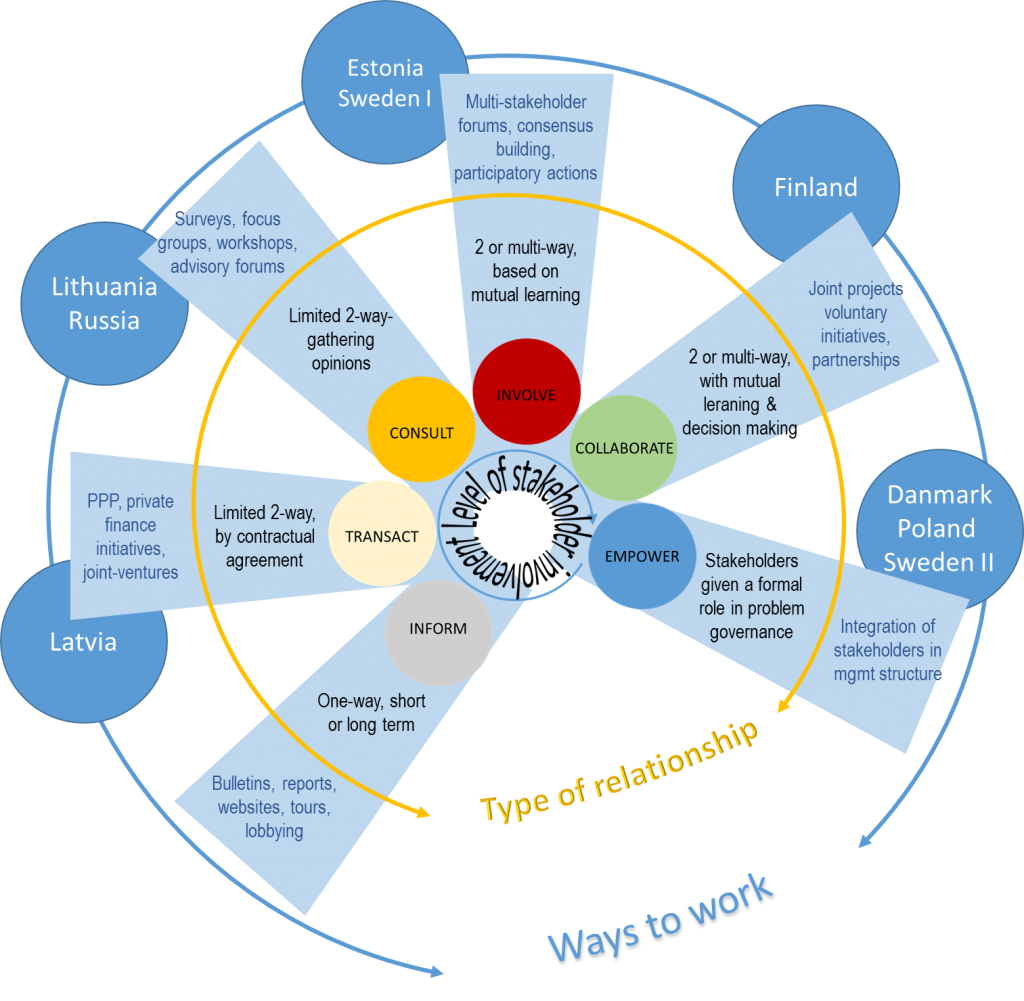
For details on EIA and Environment (Protection) Act, 1986 > PMF IAS Environment 2nd Edition |
{GS3 – Infra – Tunnels – 2023/08/28} Kochi-Vypeen Undersea Tunnel
- Context (TH): Kerala government is going to construct an undersea tunnel, Fort Kochi-Vypeen undersea tunnel as part of Thiruvananthapuram-Kasaragod coastal highway project.
- The tunnel will connect the two islands of Fort Kochi and Vypeen in Kochi, Kerala.
- When completed, it will become India’s first tunnel under a deep shipping channel (location 7 in the map below).


Benefits
- Improved connectivity: The tunnel will provide a more direct connection, which will help to reduce traffic congestion and reduce travel times.
- Boosted economic activity: It will make the movement of people and businesses easier which will help boost economic activity in the region.
- Attraction of tourists: It will attract tourists and boost the tourism industry in the region.
- Improved safety: It will reduce the risk of accidents involving ferries.
- Environmental benefits: It will reduce air pollution by reducing the travel time and number of vehicles travelling between the two islands.
Challenges
- High costs
- Technical challenges
- Environmental impact: The construction of the tunnel will disturb the marine ecosystem.
- Traffic congestion: It can worsen traffic congestion, attracting more people to the area.
- Enhanced toll charges
Thiruvananthapuram-Kasaragod Coastal Highway Project
|
{GS3 – S&T – Cyber Attack – 2023/08/28} Smishing
- Context (TN): The Government recently warned against a new scam called ‘Smishing’.

- Smishing is a form of phishing that uses text messages instead of emails to trick people into giving away their personal information or clicking on malicious links.
- Smishing messages look like they come from trusted sources, such as banks or government agencies, and they often create a sense of urgency or curiosity to make the recipients act quickly.
- If the recipients fall for the smishing scam, they might reveal their passwords, credit card numbers, or other sensitive data to the cybercriminals or infect their devices with malware.
{GS3 – S&T – Space – 2023/08/28} Importance of States in Space Missions
- Context (TH): The success of governments in landing spacecraft on the moon indicates that states can be powerful and competent actors.
- After Chandrayaan-3’s lander made a soft landing on the moon, India became the fourth country after the erstwhile Soviet Union, the U.S., and China to accomplish this achievement.
- Three of these four countries have been late industrialisers, with only the U.S. being a developed nation among them.
Factors Allowing Resource-constrained Economies to Pull Off Space Programmes
Human Resources
- China and India are the world’s most populous nations; even Russia was one of them in the 1970s.
- The large number of potential scientists and engineers in these countries is a reason for the success of these nations in space explorations.
Initial Investments
- China, Russia, and India have placed much importance on science and technology in their post-war/post-colonial development trajectory.
- Their current successes in space explorations result from those initial investments.
Role of the State
- An active and capable state can help establish frameworks and procedures that overcome financial constraints and enable the harnessing of important resources like skilled workers.
- Though the private space industry is growing, only governments still have enabled spacecraft to land on the moon.
Concerns with Developing Countries Diverting Resources for Space Programmes
- The concern is whether resources directed to the space programme by developing are a diversion from pressing development needs.
- Developing nations have many pressing socio-economic needs such as poverty, unemployment, poor health, and education.
Reasons Why Developing Countries Should Engage in Space Programmes
- The knowledge from these missions will contribute to human progress, which is a nation’s duty.
- Moreover, ISRO’s demonstration of its ability to launch satellites at relatively low costs can attract business and revenue from private players.
- Development of such businesses will contribute to the national economy, which will eventually help in taking care of socio-economic needs.
Way Ahead
- The multiple crises show the inability of the private sector to tackle space missions unaided.
- The success of government space missions shows that states can be powerful and competent.
- So, the dichotomy between state and markets, where the state is simply a referee, is no longer valid.
- What is required is a true partnership between the two, with active state intervention.
- Head of the UAE Mars Mission, Omran Sharif, stressed the importance of the “triple helix model” for the success of future space missions.
Triple Helix Model
- The triple helix model refers to interactions between academia (universities), industry and governments to promote economic and social development.
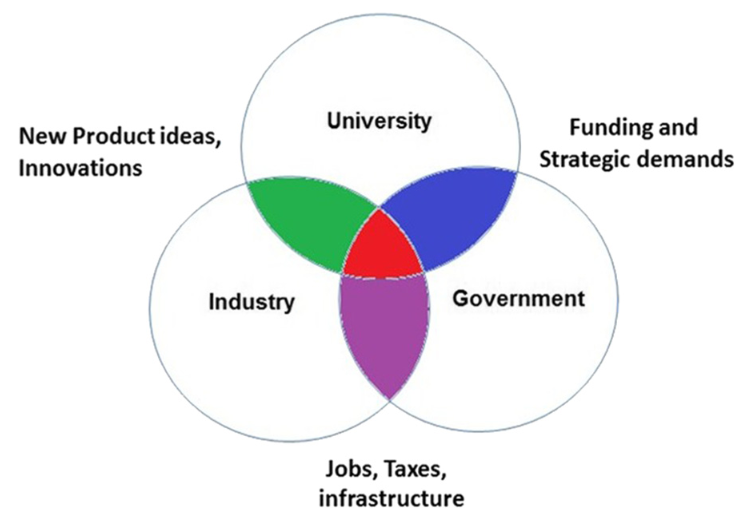
{Prelims – IR – India-Australia – 2023/08/28} AUSINDEX-23
- Context (PIB): The fifth edition of the AUSINDEX Maritime Exercise was conducted in Sydney.
- AUSINDEX-23 is a biennial maritime exercise between the Indian Navy and the Royal Australian Navy to enhance interoperability and maritime security cooperation.
- The exercise involved two Indian Navy ships, INS Sahyadri and INS Kolkata.
- The exercise included fighter and maritime patrol aircraft from both sides.
{Prelims – Mapping – PAN – WLS – 2023/08/28} Kumbhalgarh Wildlife Sanctuary
- Context (NIE): The MoEFCC recently cleared the National Tiger Conservation Authority (NTCA)’s in-principle approval to declare Kumbhalgarh Wildlife Sanctuary (KWS) as a Tiger Reserve.
|
- The KWS (2800 sq km) is located on the fringes of the Aravalli mountain range in Rajasthan.
- KWS is known for wolves, four-horned antelope and leopards but has never been a tiger corridor.
Controversy around Kumbhalgarh
- No tigers at Kumbhalgarh, and no documented history of the presence of tigers.
- Home to indigenous people: Bhil, Garasia, Raika pastoralists.
- Threat to the displacement of 20 tribal villages located inside KWS.
- Not much prey to support the Tiger population.
- Two roads pass through, which may cause human-wildlife conflict.
List of Tiger reserves in Rajasthan
Newly approved
|





![PMF IAS Environment for UPSC 2022-23 [paperback] PMF IAS [Nov 30, 2021]…](https://pmfias.b-cdn.net/wp-content/uploads/2024/04/pmfiasenvironmentforupsc2022-23paperbackpmfiasnov302021.jpg)



